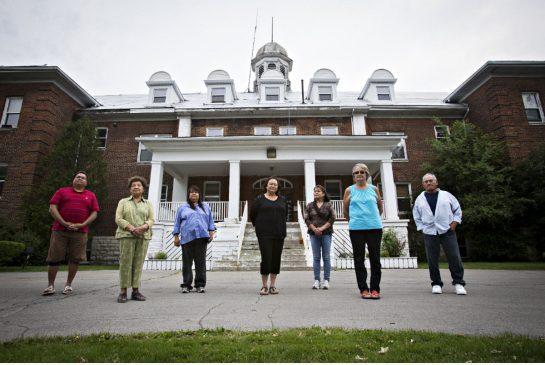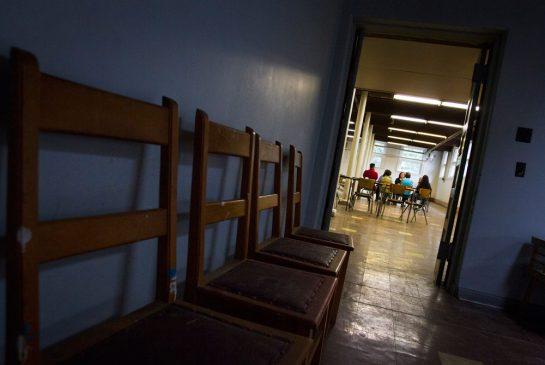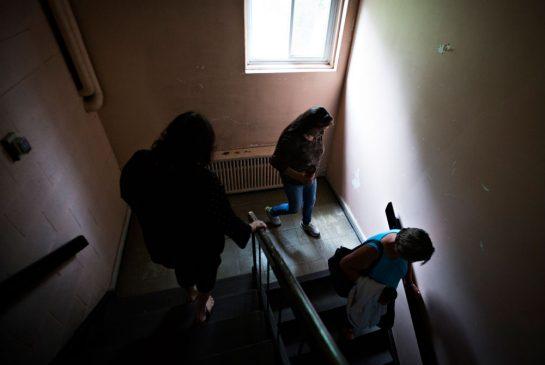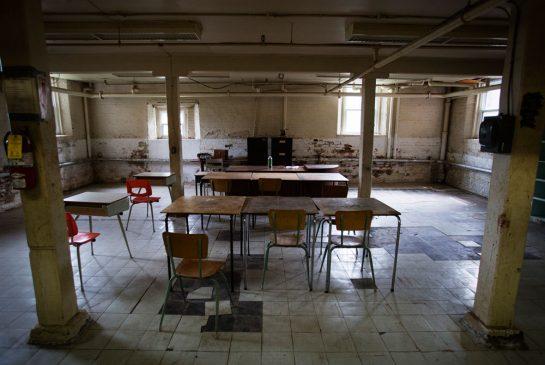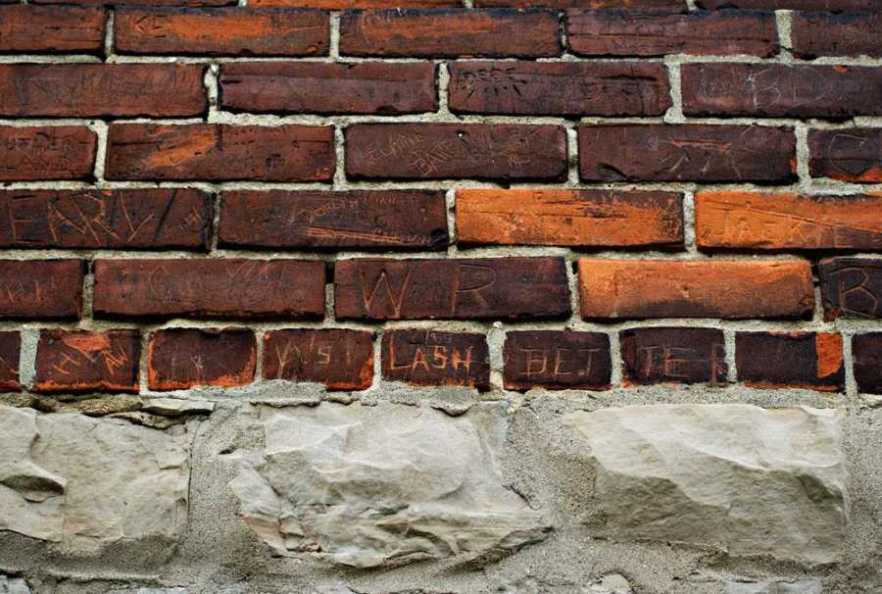|
Aboriginals push to save former Ontario residential school known as ‘mush hole’
By Donovan Vincent
Some of the youngsters were locked up in cells like animals or beaten severely, and everyone had to eat oatmeal, day and night. But former students of the Mohawk Institute Indian Residential School in Brantford, like Audrey Hill, still want to preserve the building that housed these horrors decades ago. “At first I was so very ashamed (of the building). I would have been one of the people saying ‘why would you save that?’ Now, I’m completely supportive of saving it,’’ says Hill, 61, a Mohawk who was sent to the now defunct residential school at age 10 by her mother. Known at the time as the “mush hole” — a nickname given by aboriginal students who were forced to eat mushy oatmeal all day — the building stands for everything that was wrong with Canada’s residential school system: brutal racism, forced assimilation, and utter disdain for indigenous culture, customs and language. Operating as a residential school beginning around 1834 and closed in 1970, it’s one of the few remaining structures from that era still standing in this country, and was one of the oldest continuously operated Anglican residential schools in Canada. Now there’s a “save the evidence’’ move afoot to restore and keep the building going as a place for people to tour and learn about the sad but relevant history of Canada’s residential schools. Proponents of saving the building include the majority of residents on the Six Nations reserve in Brantford, of which Hill is a community member. The building sits on Six Nations territory within Brantford and used to be owned by Ottawa, but the federal government turned it over to the reserve in 1971. It’s now called the Woodland Cultural Centre, an aboriginal non-profit charity devoted to indigenous art, history and culture that is spearheading the fundraising initiative. Six Nations leaders approached their community to gauge interest in saving the building. “Some wanted it burned down, but the majority wanted to keep it,’’ says Six Nations Chief Ava Hill (no relation to Audrey). So the reserve’s elected council voted last year to put $220,000 of its funds toward a $1-million roof repair for the building, and has approached the city of Brantford for matching funds. That request is now before the city’s finance committee after being referred, but a councillor who chairs the budget committee says the Six Nations community should use its own funds or approach the federal government. “It’s a building that they’ve allowed to fall into disrepair,’’ says Brantford Councillor Dan McCreary. “You can’t be unsympathetic to the plight of the folks who went to the school and their kids. However, we do have a financial responsibility to our people here in Brantford. There’s a heck of a lot of municipal roofs that need replacing in the next 10 years, and that’s got to take precedence over funding an initiative like this, worthy as it may be,’’ McCreary said in an interview. Brantford Mayor Chris Friel supports funding the project. He told the local Brantford newspaper that the city played a large role in what happened at the residential school and, from a heritage and history point of view, it’s important to protect the building. But the city would have to vote to approve such a move if the finance committee ends up supporting it. Interest in the building has grown for the past several years as the Truth and Reconciliation Commission heard moving testimonials from survivors of Canada’s 130 residential schools. The commission wrapped up its work earlier this month and issued a damning report nearly 400 pages long detailing the history and abuses in the schools. The report notes that the Mohawk Institute was one of the residential schools known for operating “punishment rooms’’ for its students. After a 1907 inspection of the Mohawk Institute, the Ontario inspector for Indian agencies, J.G. Ramsden, reported: “I cannot say that I was favourably impressed with the sight of two prison cells in the boys(’) play house,’’ the Truth and Reconciliation Commission document notes. Ramsden continued: “I was informed, however, that these were for pupils who ran away from the institution, confinement being for a week at a time when pupils returned.” The report goes on to note that in 1914, a father successfully sued the Mohawk Institute’s principal. The father’s daughter had been locked in a cell for three days on what was described as a “water diet.’’ Audrey Hill, who was sent to the school with her five siblings after her parents separated and her mom struggled financially, vividly recalls the constant diet at the school of soggy, slimy oatmeal that came with the occasional cube of sugar. “That’s all the kids ate,’’ she says in an interview. She also remembers the beatings. One evening she got sick and was unable to do her homework. The next morning her teacher, upon learning Hill didn’t do the school work, grabbed Hill out of her chair in class, shook her and slapped her in the face a few times. Hill remembers starting to say “but’’ in a bid to explain herself, and the teacher yelling in reply: “Anything you say after but is nothing but an excuse.’’ When her financial circumstances improved, Hill’s mother came for her children a year after they entered the school. One of Hill’s siblings alleges being sexually assaulted at the school and brought forward a claim for damages through an assessment process established under the Indian Residential Schools Settlement Agreement — the same class-action pact between churches, former students, aboriginal groups and Ottawa that established the Truth and Reconciliation Commission. The large, four-floor building housed the dormitories and a few classrooms for male and female aboriginal students from several communities, including Sarnia, Scugog, Stoney Point and Saugeen. There was also a kitchen, cafeteria and laundry room. A smaller, adjacent building where the classrooms were has been converted into a museum and fine arts gallery and the centre’s administrative office. Amos Key Jr., a Mohawk and acting executive director of the Woodland Cultural Centre, says aside from the roof repair there are also plans to fundraise to establish an endowment for the main building and repurpose it as a museum. Key says the fundraising initiative has plans to reach out to the federal government, the local chamber of commerce and other entities. “One (Mohawk Institute) survivor told me you can’t appreciate what went on in this building by just standing in front of a plaque. That’s what’s driving me, that comment,’’ Key says of the fundraising initiative. Hill wholeheartedly supports the preservation effort. “I love it. I’m all for educating Canadians about what happened to us there,’’ she says.
|
.
Any original material on these pages is copyright © BishopAccountability.org 2004. Reproduce freely with attribution.
